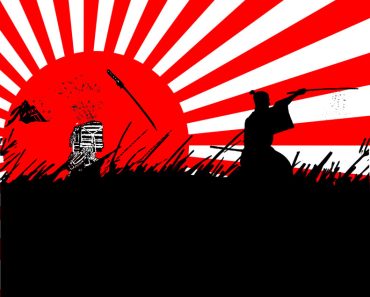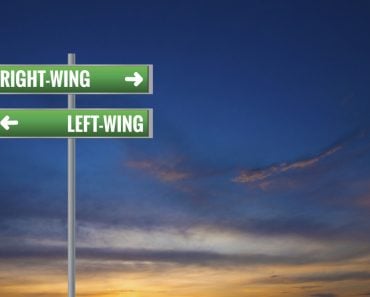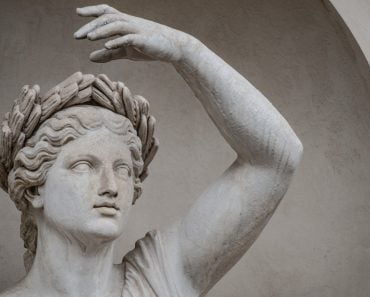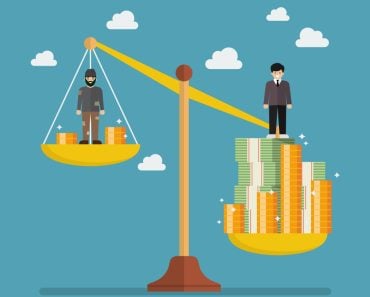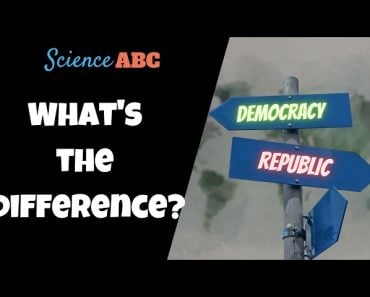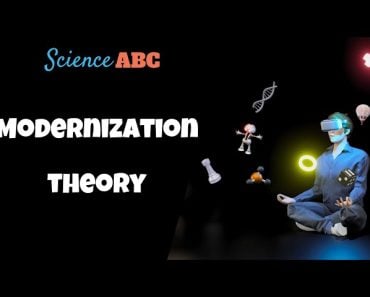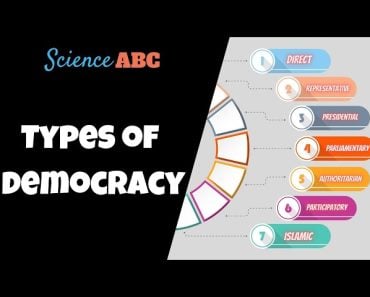Table of Contents (click to expand)
By definition, it is a combination of legal, military and political strategies that were widely applied across medieval Europe, and were primarily based in the ownership of the land, and the doling out of said land in exchange for payment, service and protection.
Over the long course of human history, there have been many governmental, cultural, social and political systems. Some have worked for millennia, others for centuries, and some for brief little bursts of popularity in isolated corners of the world. Human society has largely been a practice in trial and error, and every step in the past has led us to the point we find ourselves at now.
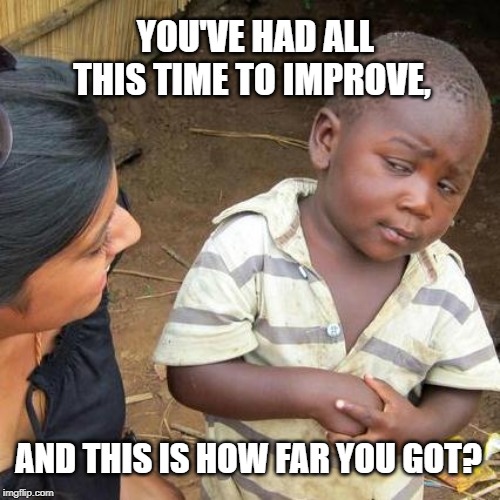
One of the longer traditions in recent history, namely the 9th-15th centuries, was the practice of feudalism, which was widely practiced throughout Europe. This combination of philosophies and hierarchies has been seen in various forms in ancient history, and still persists to this day in some parts of the world. Feudalism and the hierarchical system it cemented in western thought is well worth investigating, as it has both positive and negative effects that cannot be ignored.
Recommended Video for you:
What Is Feudalism?
By definition, it is a combination of legal, military and political strategies that were widely applied across medieval Europe, and were primarily based in the ownership of the land, and the doling out of said land in exchange for payment, service and protection.
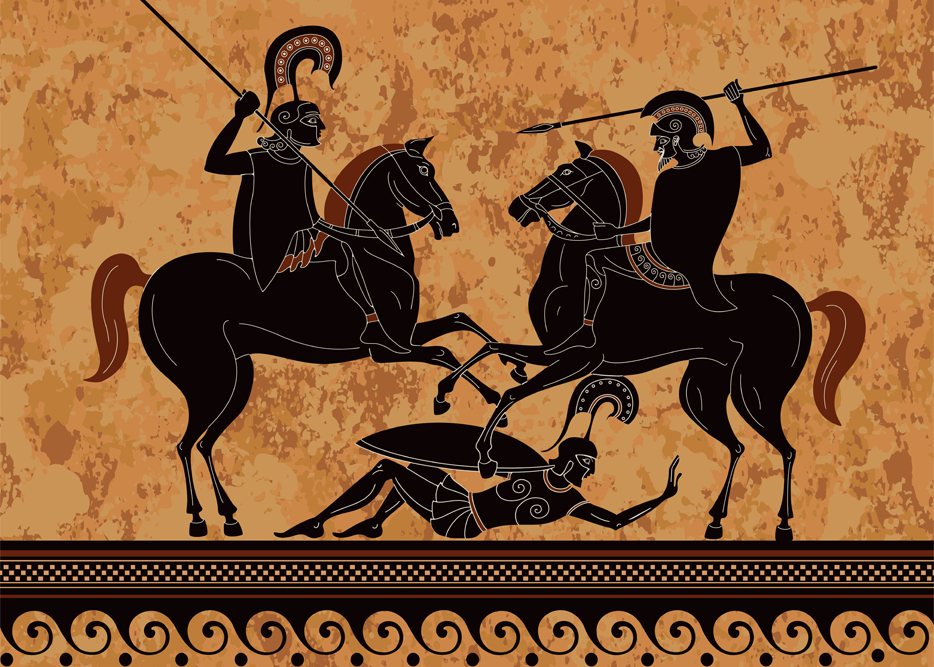
Feudalism In The Middle Ages
The Middle Ages began with a period known as the Dark Ages, which followed the collapse of the Roman and Greek empires. This was a lawless and directionless time in Europe, but as national boundaries became more defined and lands became protected by “kings”, some semblance of stability returned. After generations of strife, barbarian raids, poverty and uncertainty, the proposed hierarchy of feudalism was perhaps a welcome change in the 9th century.
At the top of this system was the king, and during the Middle Ages, kings were the closest thing to God for medieval nations. In fact, many countries considered the king a direct channel to god—his voice on Earth, so to speak. The king “owned” all the land of the country, part of which remained solely in his control, while other large swaths of land (fiefs) were leased to others (noblemen, barons). Being loyal to and supportive of the king meant you would be entrusted with land, which would earn you income, in exchange for providing knights and payments to the king in order to defend the land.
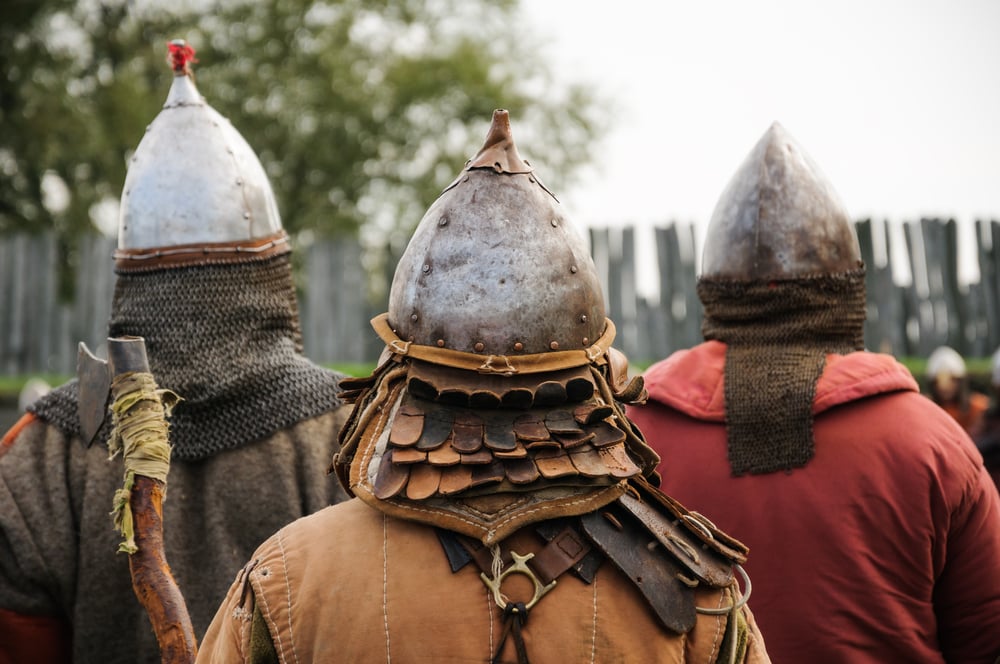
The barons who controlled huge fiefdoms might subcontract out smaller parts of their fief to others, forming a hierarchy of nobility in many feudalistic countries. The barons were extremely wealthy, while the knights were well-compensated, and often had large properties of their own, but were required to fight or command in the case of military conflict.
By far the largest demographic of the population were the villeins (e.g., serfs, peasants). Composing approximately 90% of the population in a feudal society, these individuals worked land they did not own to provide food and supplies to the rest of the fiefdom, in exchange for protection and the ability to provide for their family. Serfs were almost always poor, but it was possible to move up the chain of feudalism, albeit slowly, if you were able to prove yourself as a soldier or were skilled in some other way.
Today, historians and experts often use the term feudalism with a negative connotation, as there was a great deal of abuse, income inequality and unhealthy power dynamics in this particular system. Sometimes the term “feudal” is thrown around to designate countries who have not progressed past their own “Middle Ages”. However, despite the clear imbalance of this hierarchy, there are both positive and negative aspects of feudalism, particularly when considered in the context of the Middle Ages.
Positive Aspects Of Feudalism
Considering that feudalism began more than 1,000 years ago, a relatively civilized system in which people at the top and bottom were both included and considered was impressive. Everyone played a key part in the society, and were thus rewarded for their service, and even given a voice through their localized communities. Decision-making was spread and delegated along the hierarchical lines, giving individuals more agency, rather than blind loyalty to an emperor thousands of miles away.
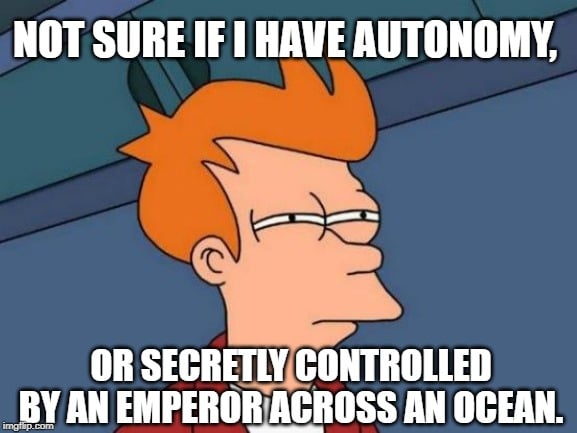
By creating a mutually beneficial relationship between lords and vassals, it created a stable, secure and more productive society, rather than the chaos of the Dark Ages. By ensuring that everyone had a purpose and place within society, it increased national loyalty. Finally, individuals were separated into those who wished to work and those who wished to fight, giving them some amount of agency over their fate, even at the lowest levels of a fief.
Negative Aspects Of Feudalism
The above “benefits” of feudalism are truly just a silver lining to a rather oppressive system that dominated the European landscape for half a millennium. By giving the king absolute power, there was no inherent limit to his actions, greed or behavior. Exorbitant taxes could be levied on serfs for years at a time, enforced by the threat of death, and ensuring that the hierarchical gaps in wealth remained in place.
With 90% of the population working in the fields and giving most of their income and output to those above them in the hierarchical chain, there was little opportunity for social justice. This system also bred distrust and conspiracy, as kings had to continually keep their barons happy, for fear of an uprising or takeover. Finally, there was very little importance placed on intelligence—only on power, loyalty and the ability to take what one wanted. Without a meritocratic aspect, and being dominated by force, money and fear, feudalism is now seen as a stagnant system, and one that didn’t necessarily drive Europe forward in terms of social or philosophical thought.
Feudalism Today
As mentioned earlier, the term “feudalism” is still heard today, but its uses and meaning have become far too broad and widely applied to be accurate. There are some forms of such a hierarchical system that date back to Egyptian times, but the term itself was not coined until the 19th century. Things akin to feudal systems have continued throughout modern history, such as the Indian caste system, as well as criminal organizations, the Jim Crow American South, and North Korea (today), among others.
Mafia organizations across the world are perhaps the best example of modern feudal systems, wherein a powerful leader controls a certain section of a city or country, with lieutenants and high-ranking members controlling smaller areas within these regions. Individuals, renters and businesses must often pay “protection” money to these mafia bosses, which can often represent a large portion of their income, ensuring that they remain oppressed and under the thumb of their “feudal lords”.
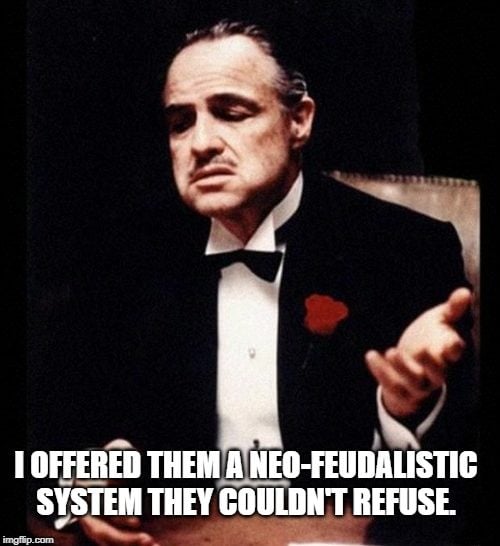
On a purely philosophical level, some might even argue that 21st century capitalism is a shiny version of feudalism (neo-feudalism), wherein people perpetually owe money on their homes (property tax) and income (income tax) on both a state and national level (in the case of the United States, for example). Many workers are not compensated adequately for their work, but are instead given a living wage, whereas their superiors and the companies for which they work are able to reap much larger profits. The income inequality present in so many westernized countries is comparable to that same inequality between feudal lords and serfs more than 1,000 years ago.
A Final Word
The difficulty with analyzing feudalism in the past, and examining its remnants that persist today, is that there is an inherent “mutual benefit” in place, but it isn’t a fair exchange of effort and resources. Throughout times in history when stability and security was essential for survival, feudalism and similar systems were somewhat justified. However, in the 21st century, when philosophical and social thought has supposedly advanced to such illuminated levels, there is simply no excuse for this type of oppressive and restrictive approach to governance.



